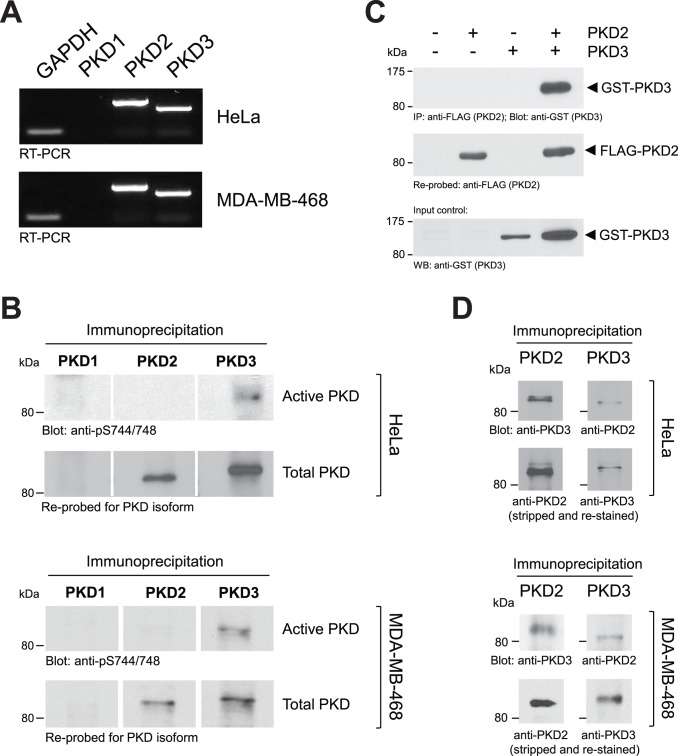Figure 1. In HeLa cells PKD3 is basally active and forms a complex with PKD2.
A: HeLa or MDA-MB-468 cells were analyzed for expression of PKD1, PKD2, PKD3 and GADPH using RT-PCR. B: Endogenous PKD1, PKD2 or PKD3 were immunoprecipitated from HeLa or MDA-MB-468 cells using isoform-specific antibodies (all antibodies were tested for cross-reactivity between isoforms and were isoform specific – not shown). Samples were subjected to SDS-PAGE and analyzed for PKD activity by immunoblotting with anti-pS744/748 antibody (recognizes the phosphorylated activation loop of all three isoforms). Samples were then re-probed for the respective isoform (anti-PKD1, anti-PKD2 or anti-PKD3 antibodies). C: HeLa cells were transfected with FLAG-tagged PKD2 and GST-tagged PKD3 or vector controls as indicated. PKD2 was immunoprecipitated (anti-FLAG), samples separated on SDS-PAGE, transferred to nitrocellulose and then probed for co-immunoprecipitated PKD3 (anti-GST). Nitrocellulose then was stripped and re-probed for PKD2 (anti-FLAG). PKD3 input was controlled by Western blotting of lysates against GST-PKD3 (anti-GST). D: Endogenous PKD2 was immunoprecipitated from HeLa or MDA-MB-468 cells and after SDS-PAGE samples were analyzed for co-immunoprecipitated PKD3; or vice versa. Experiments shown in A-D were performed at least three times with similar results.

